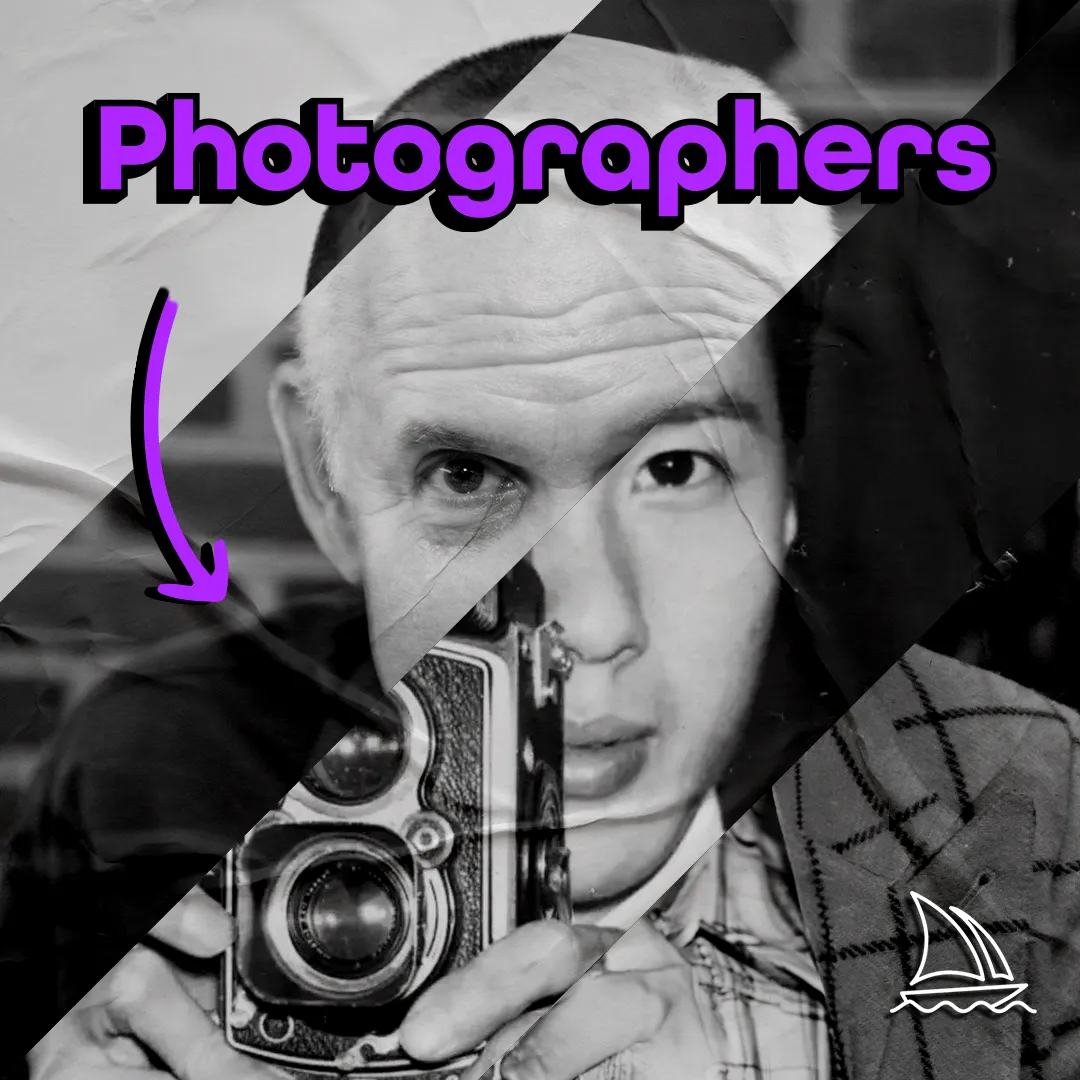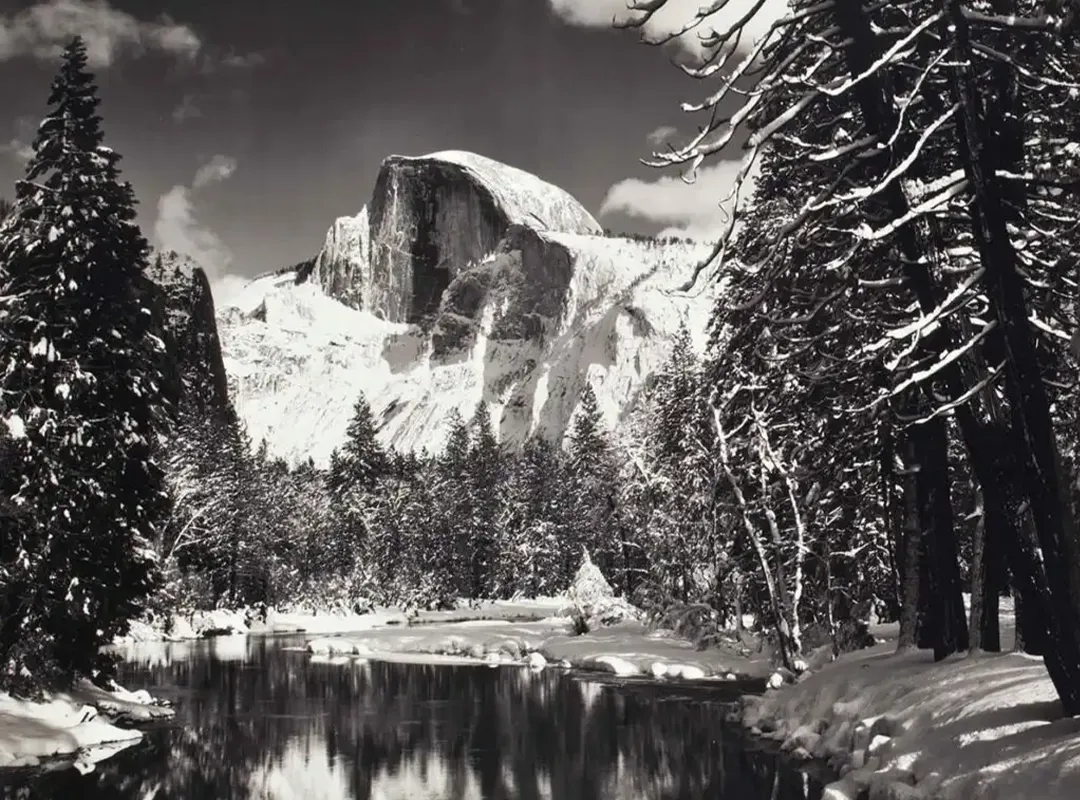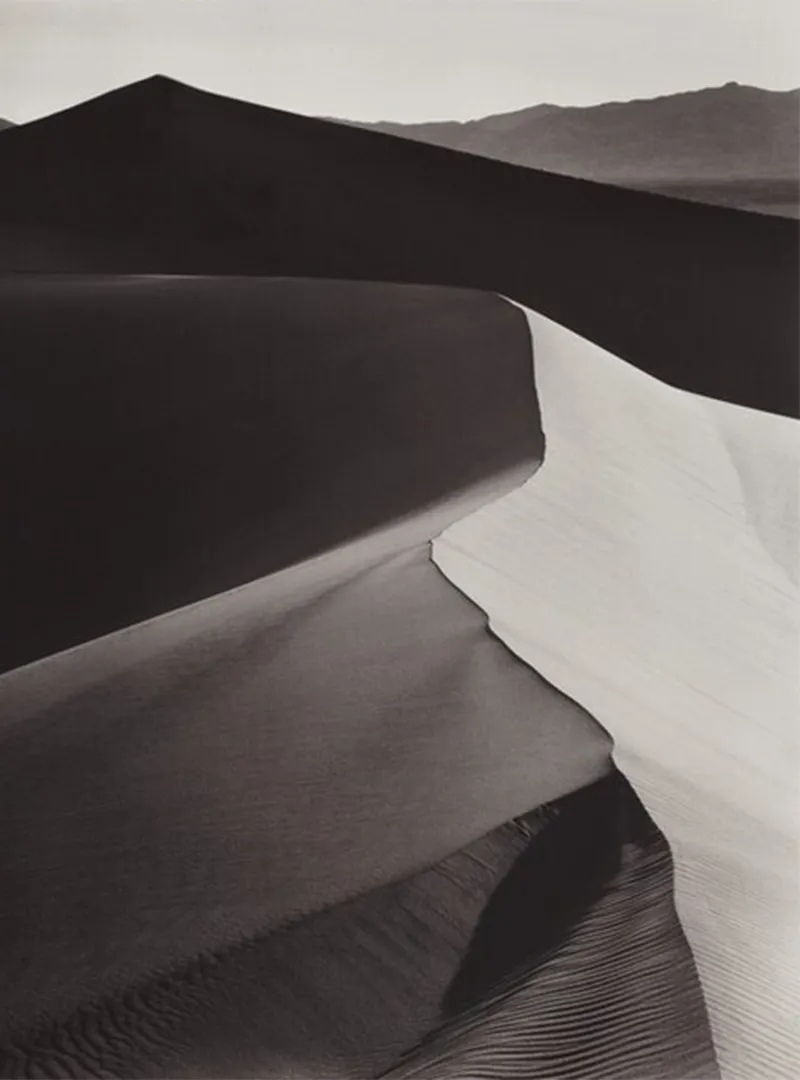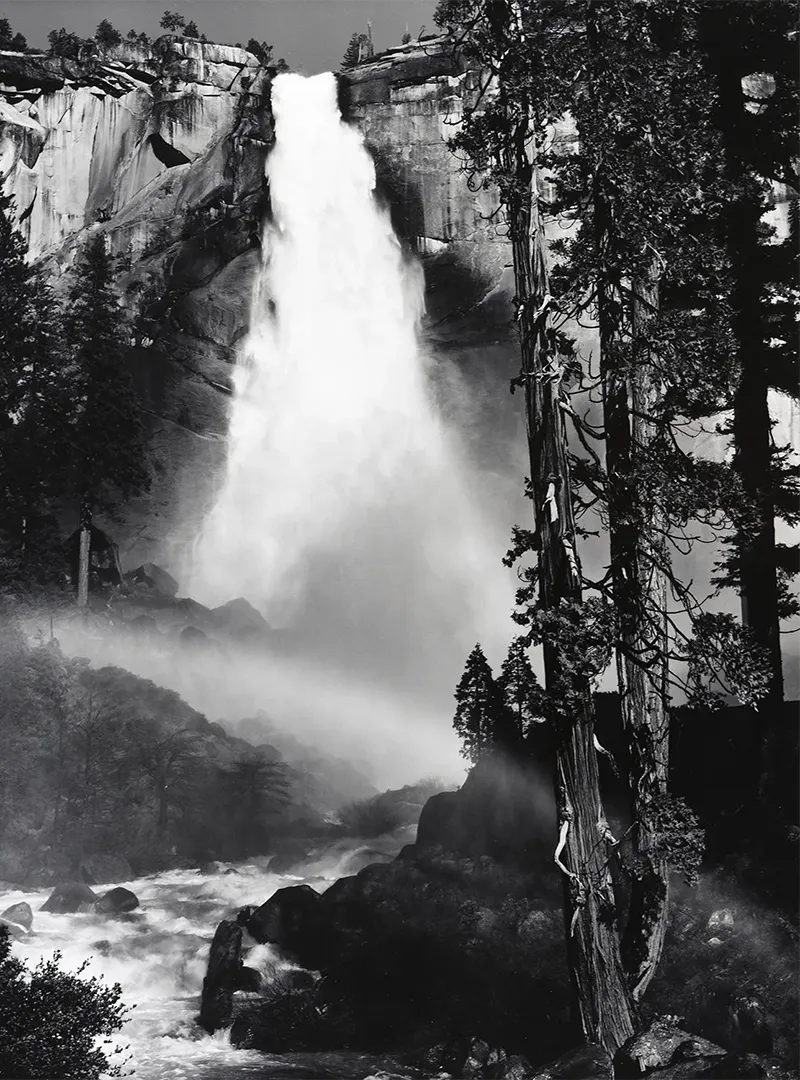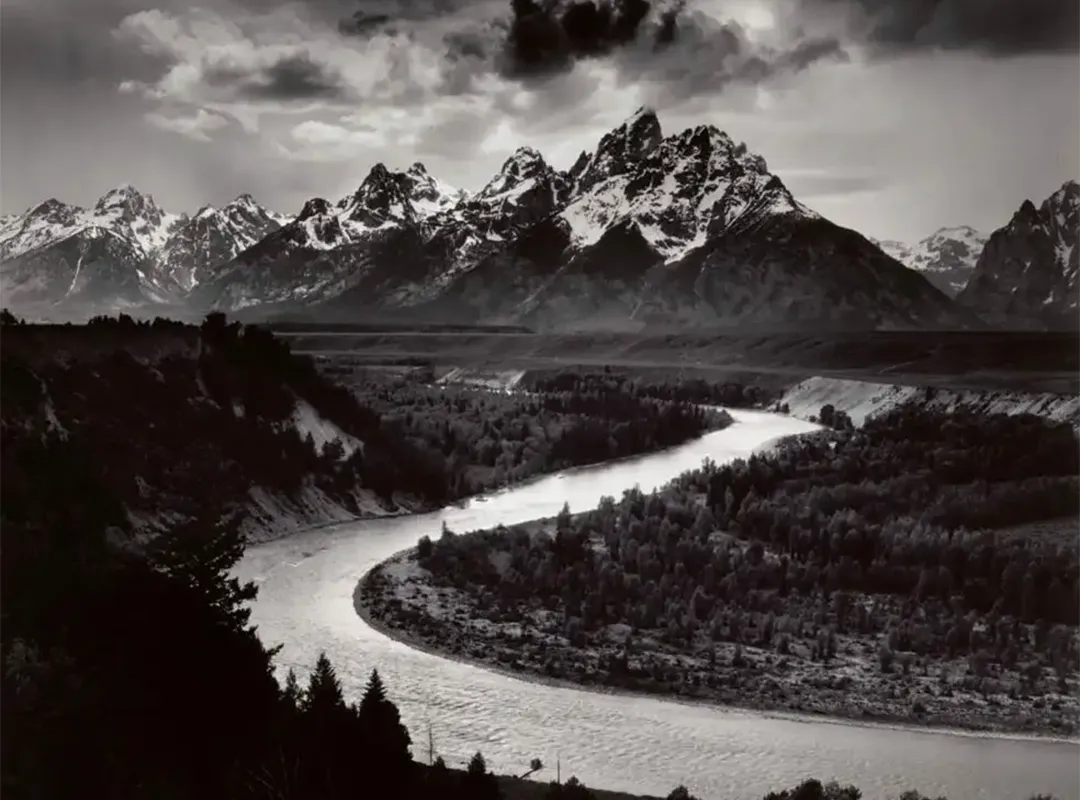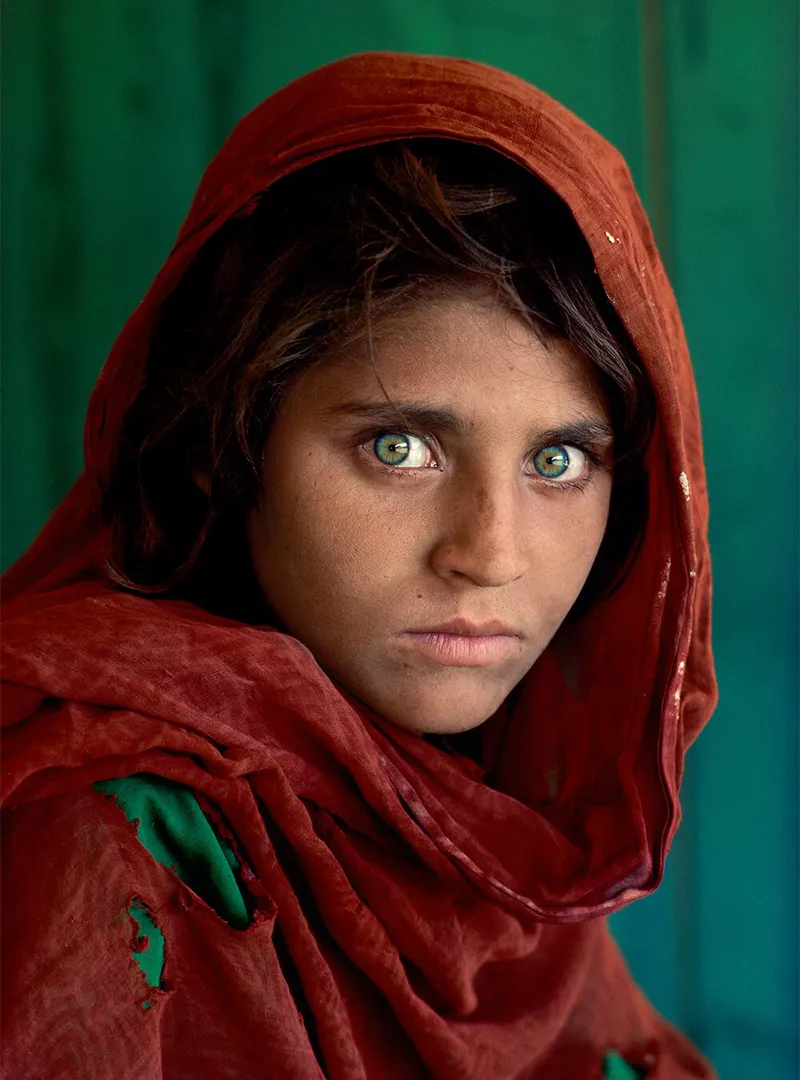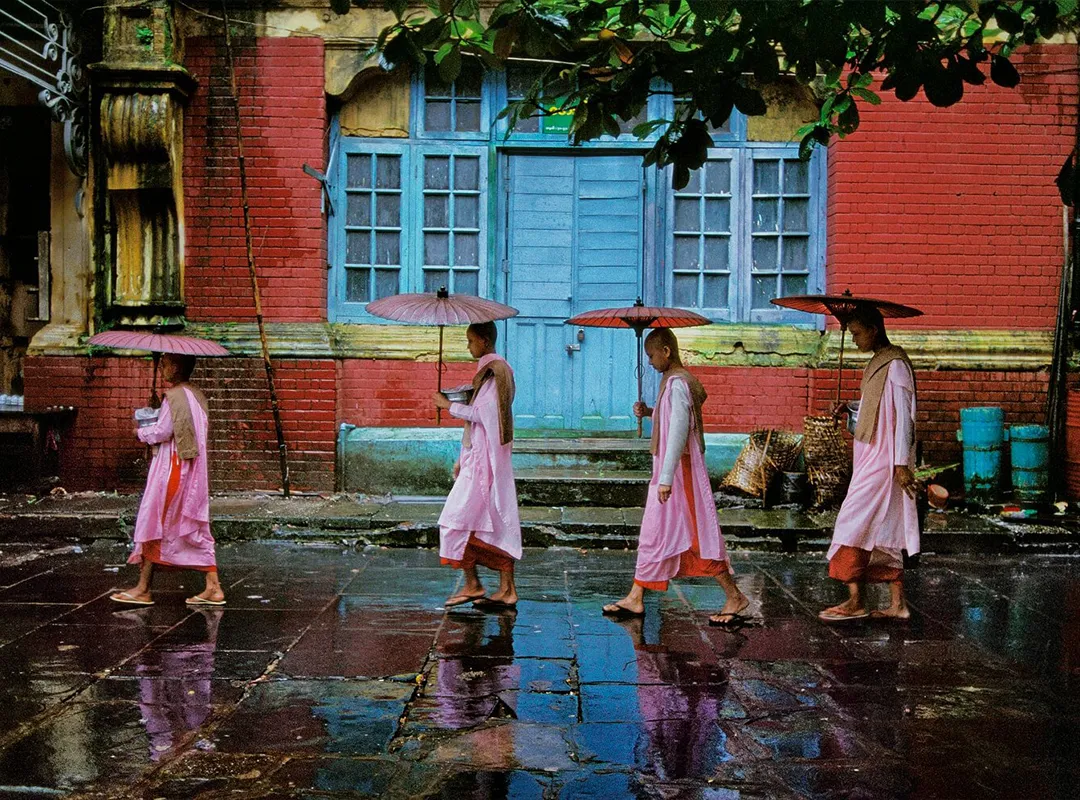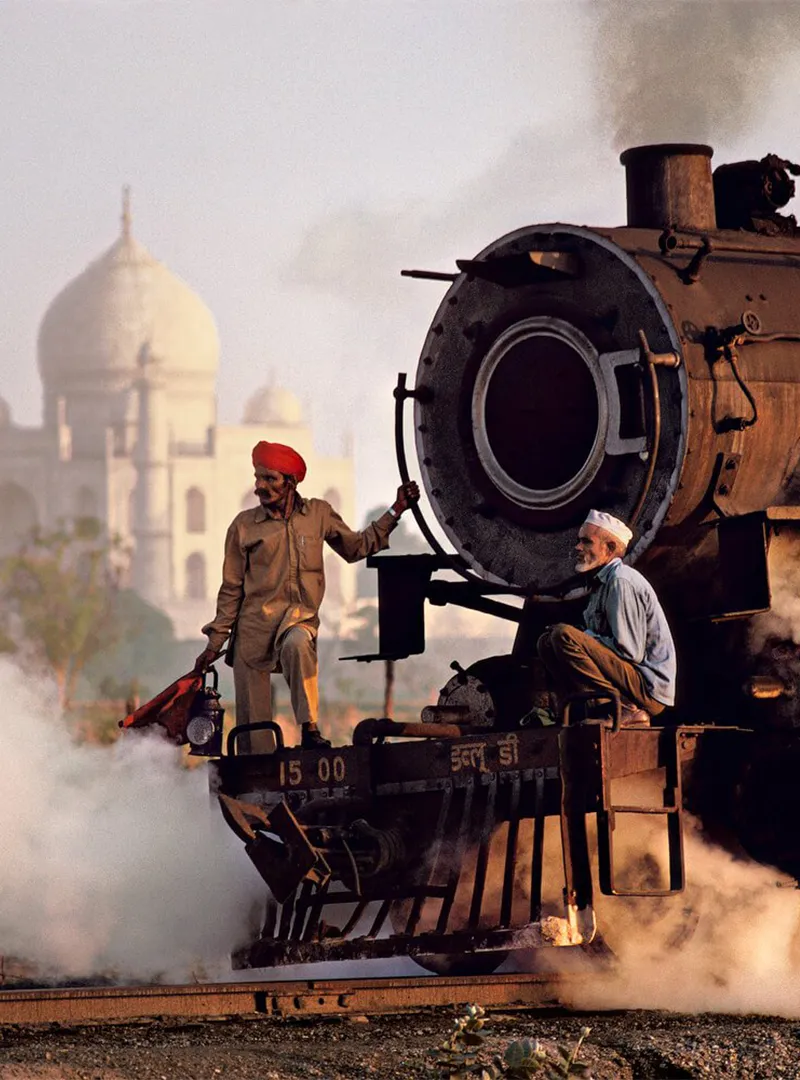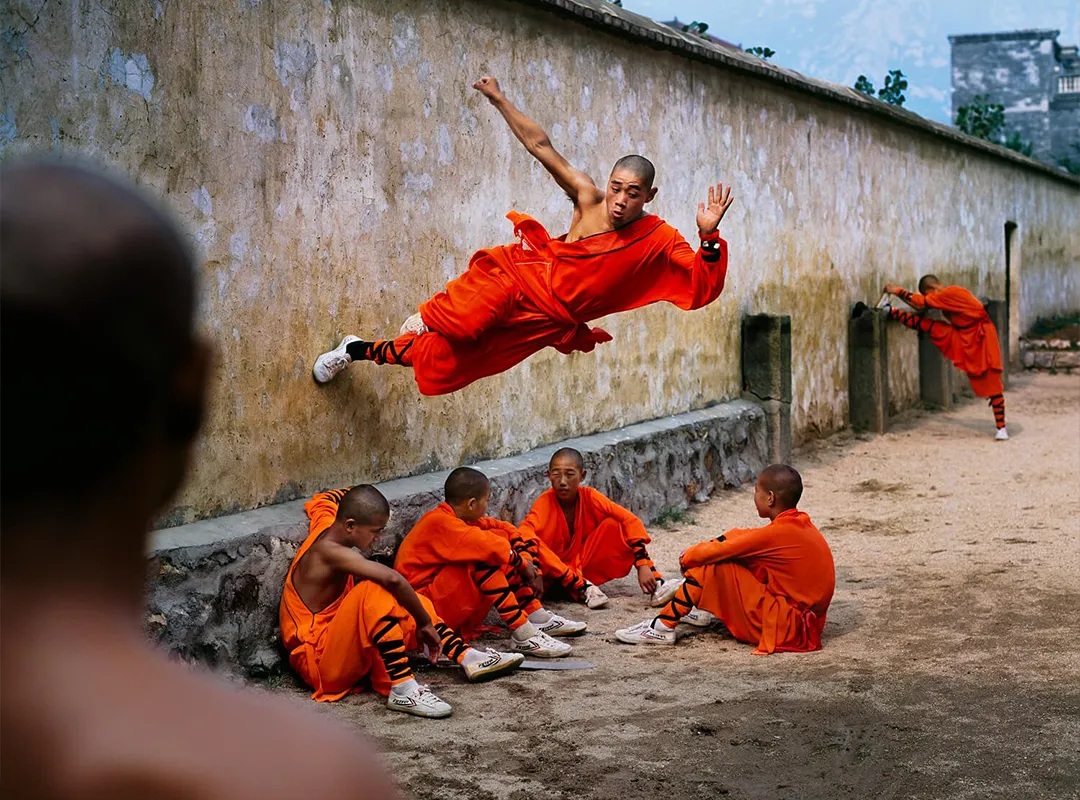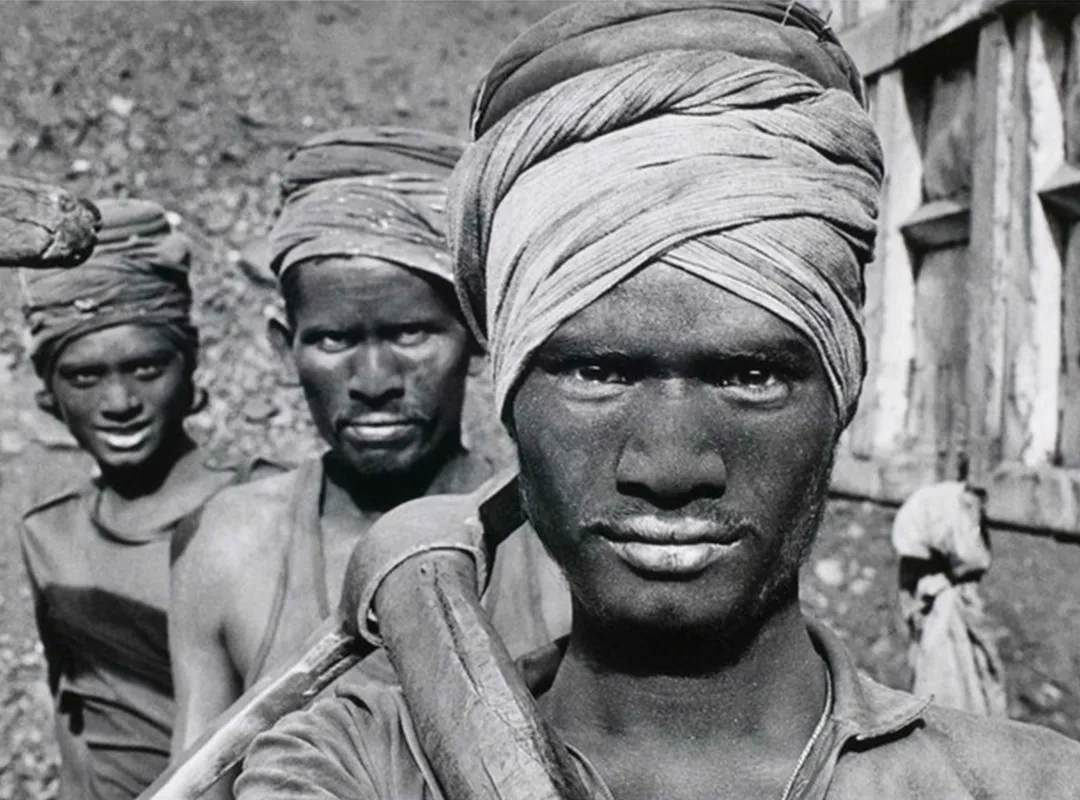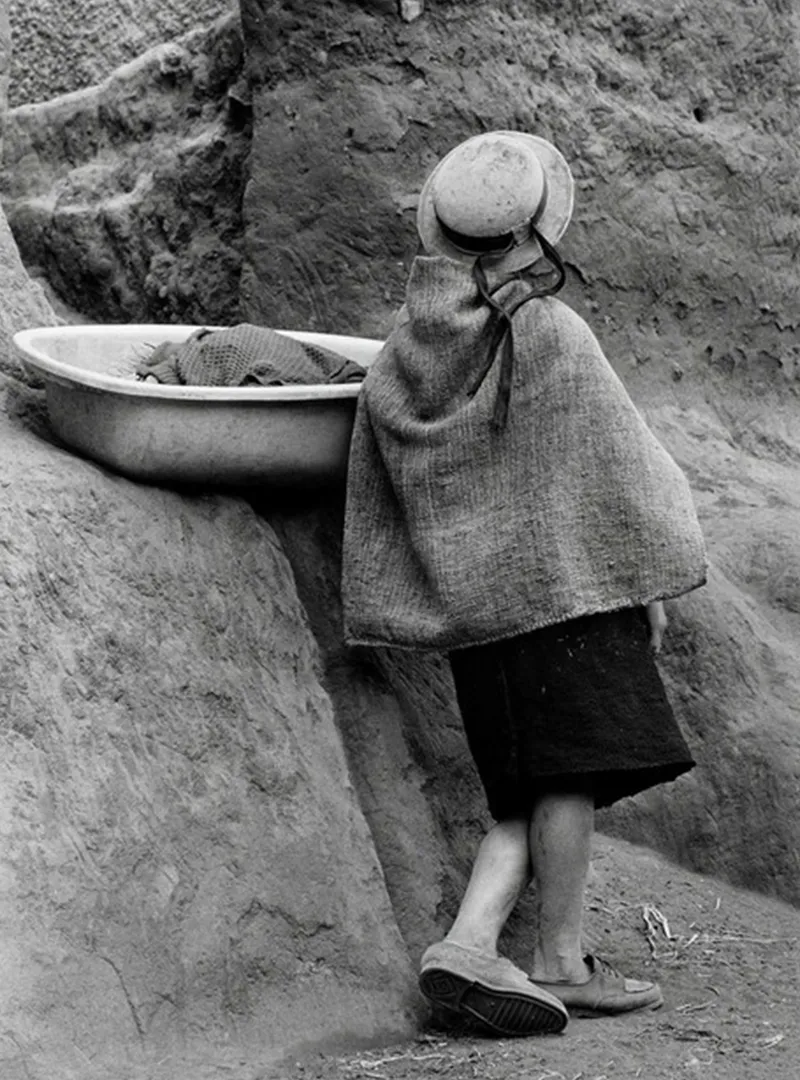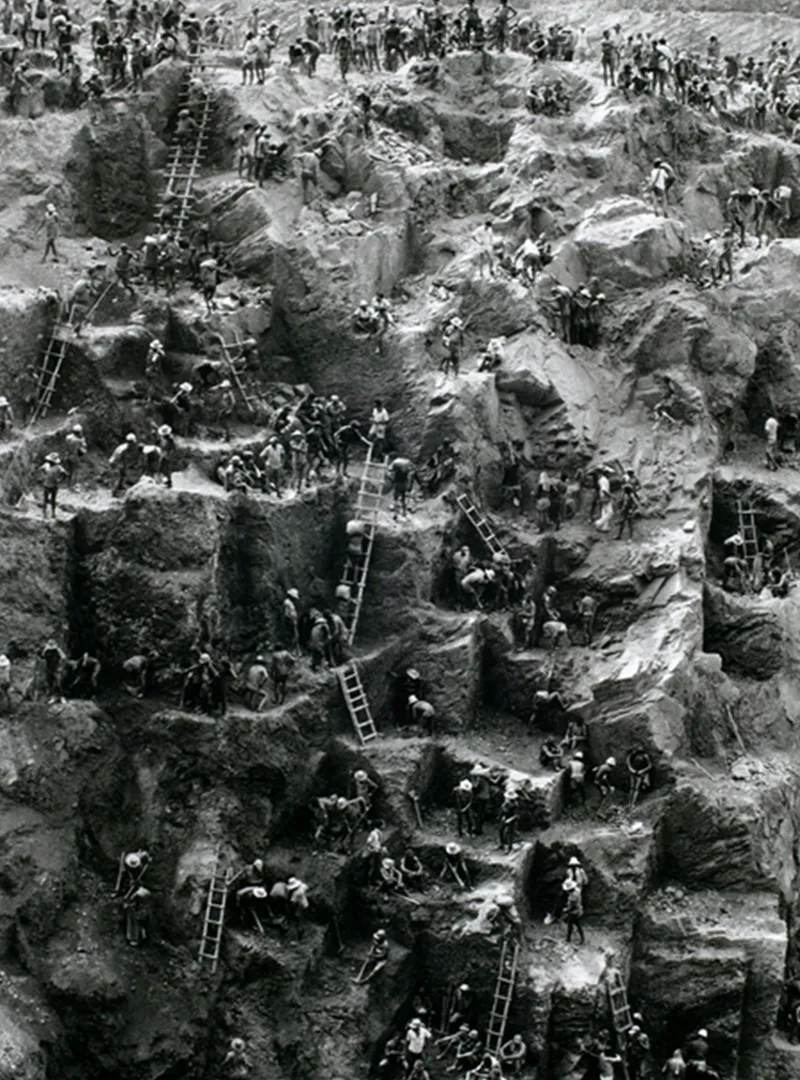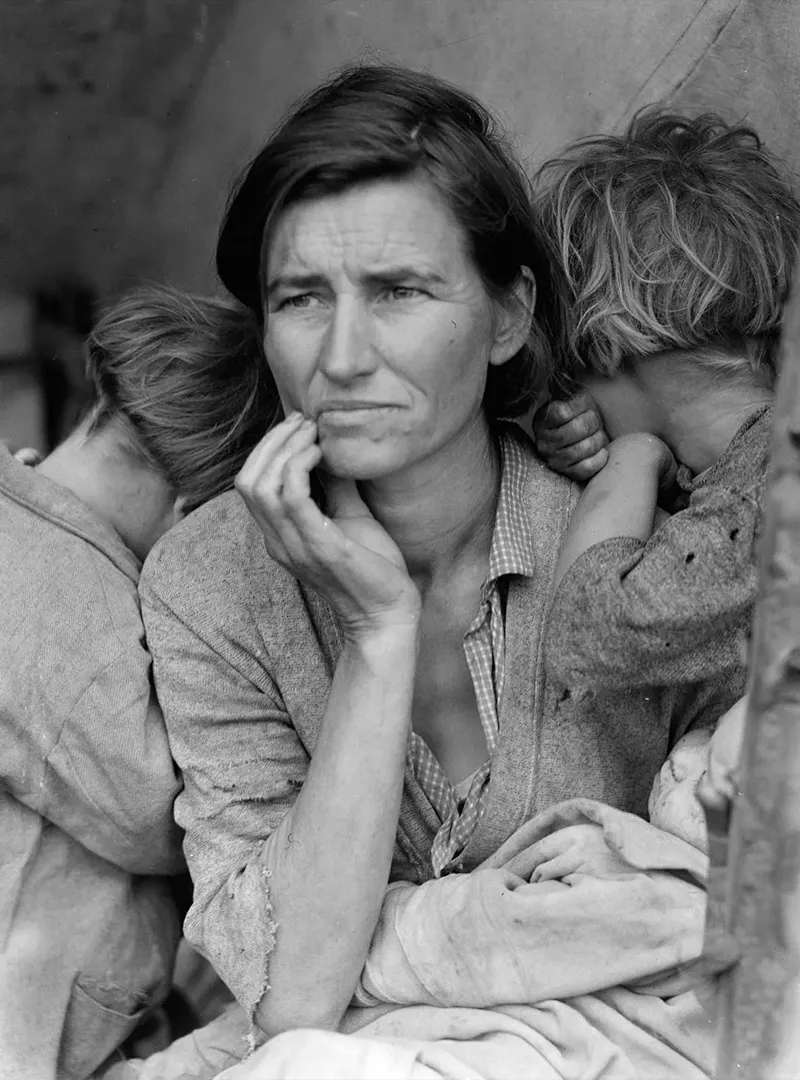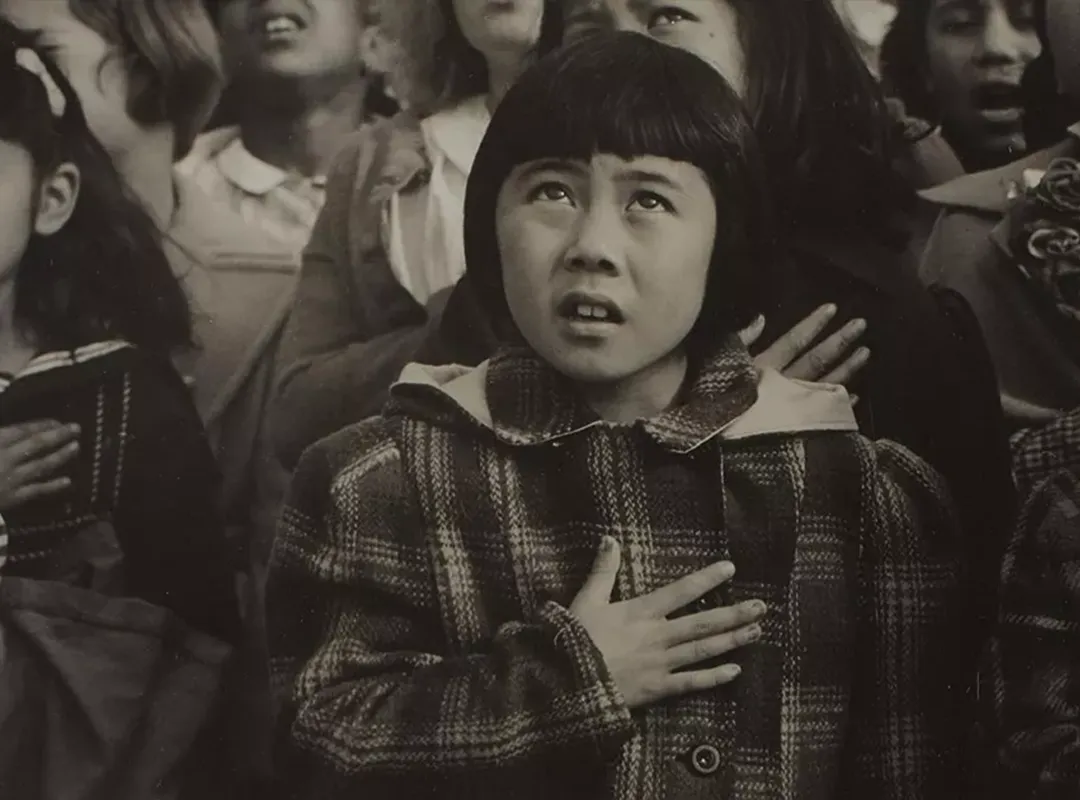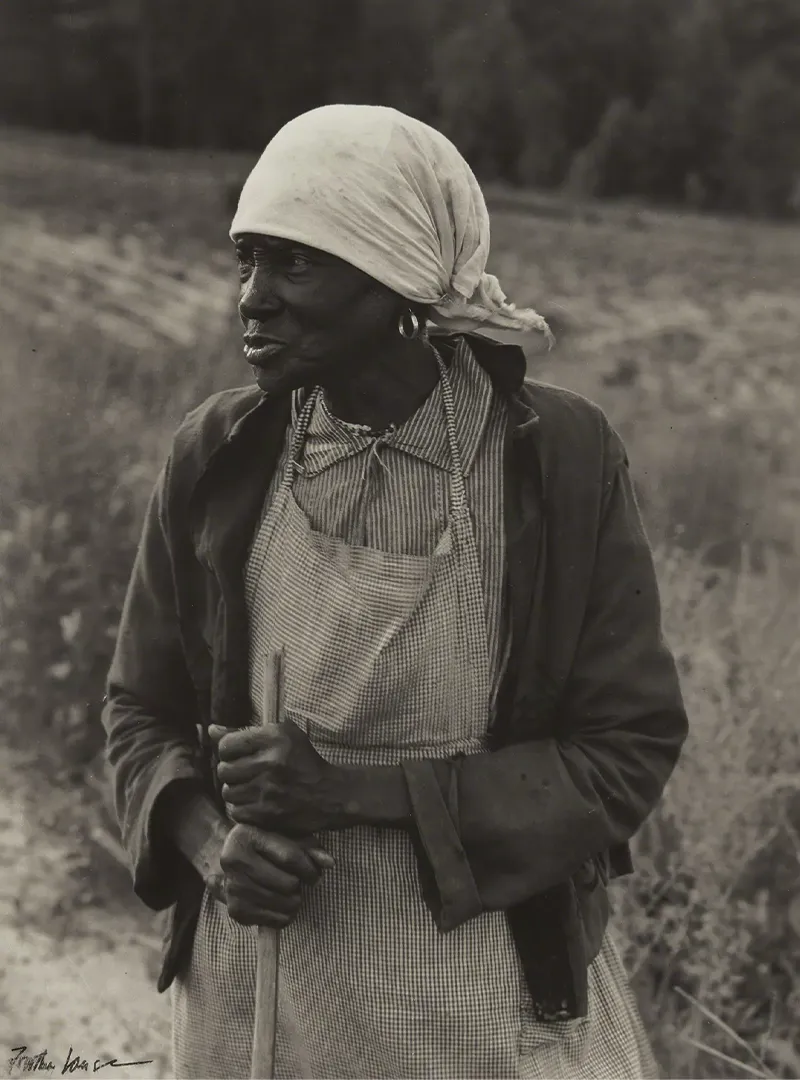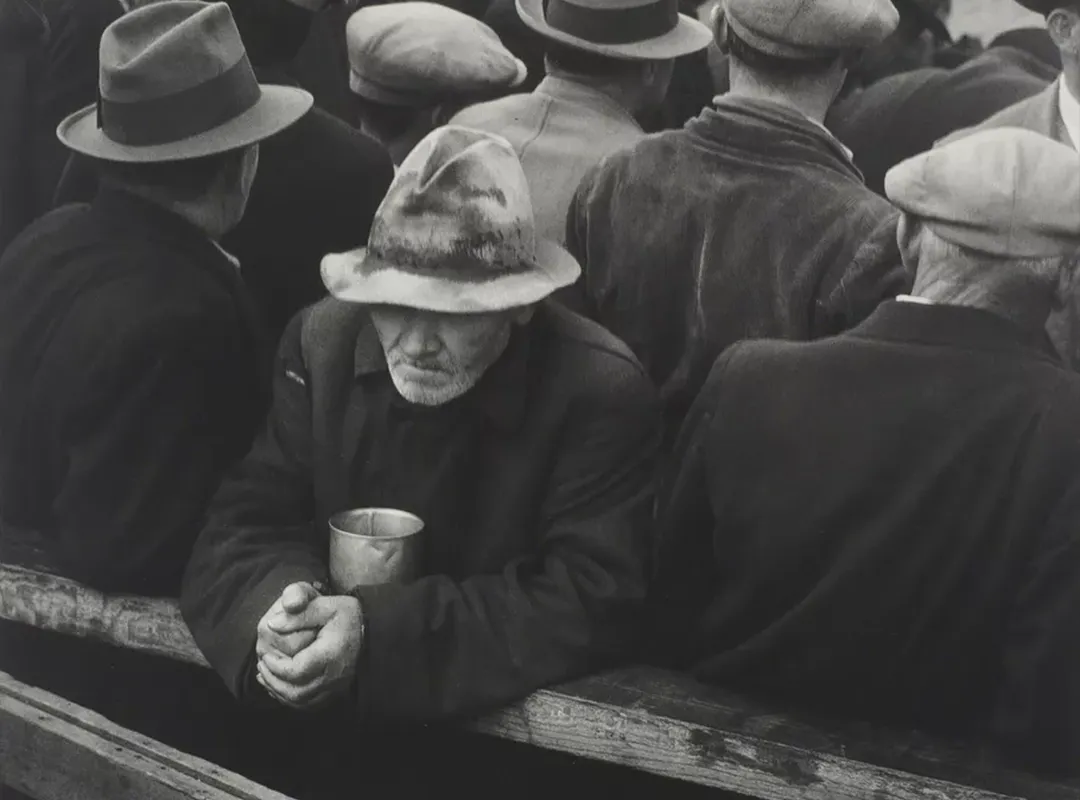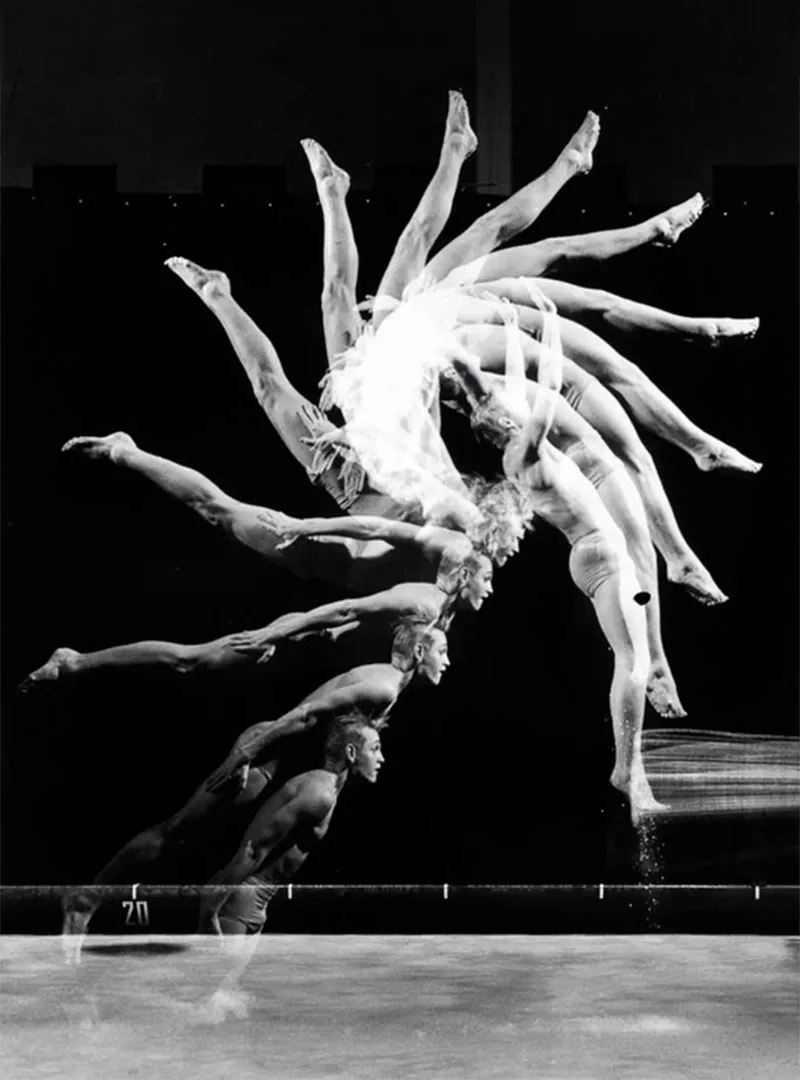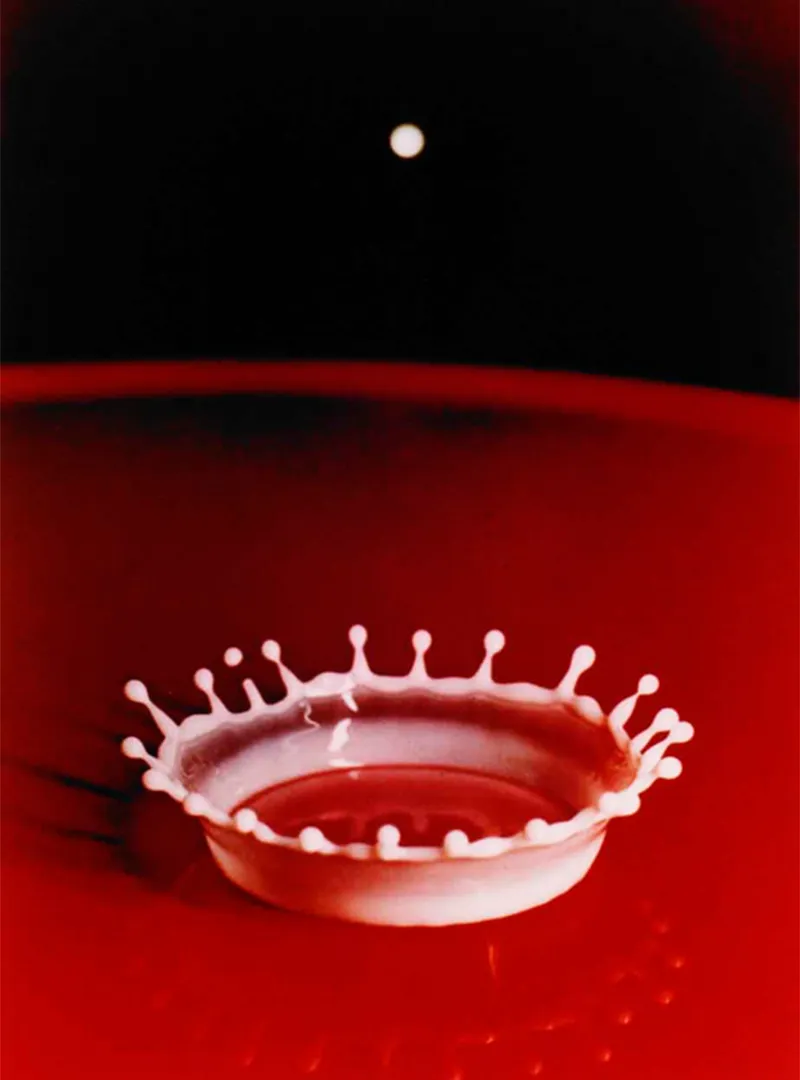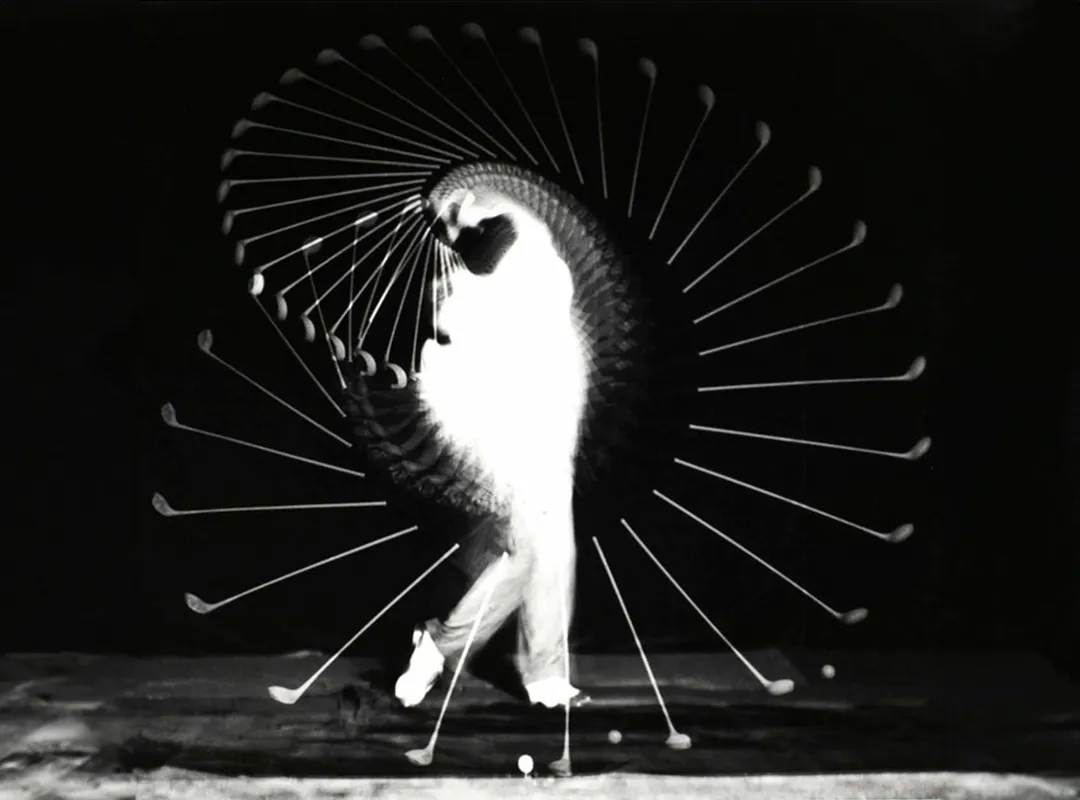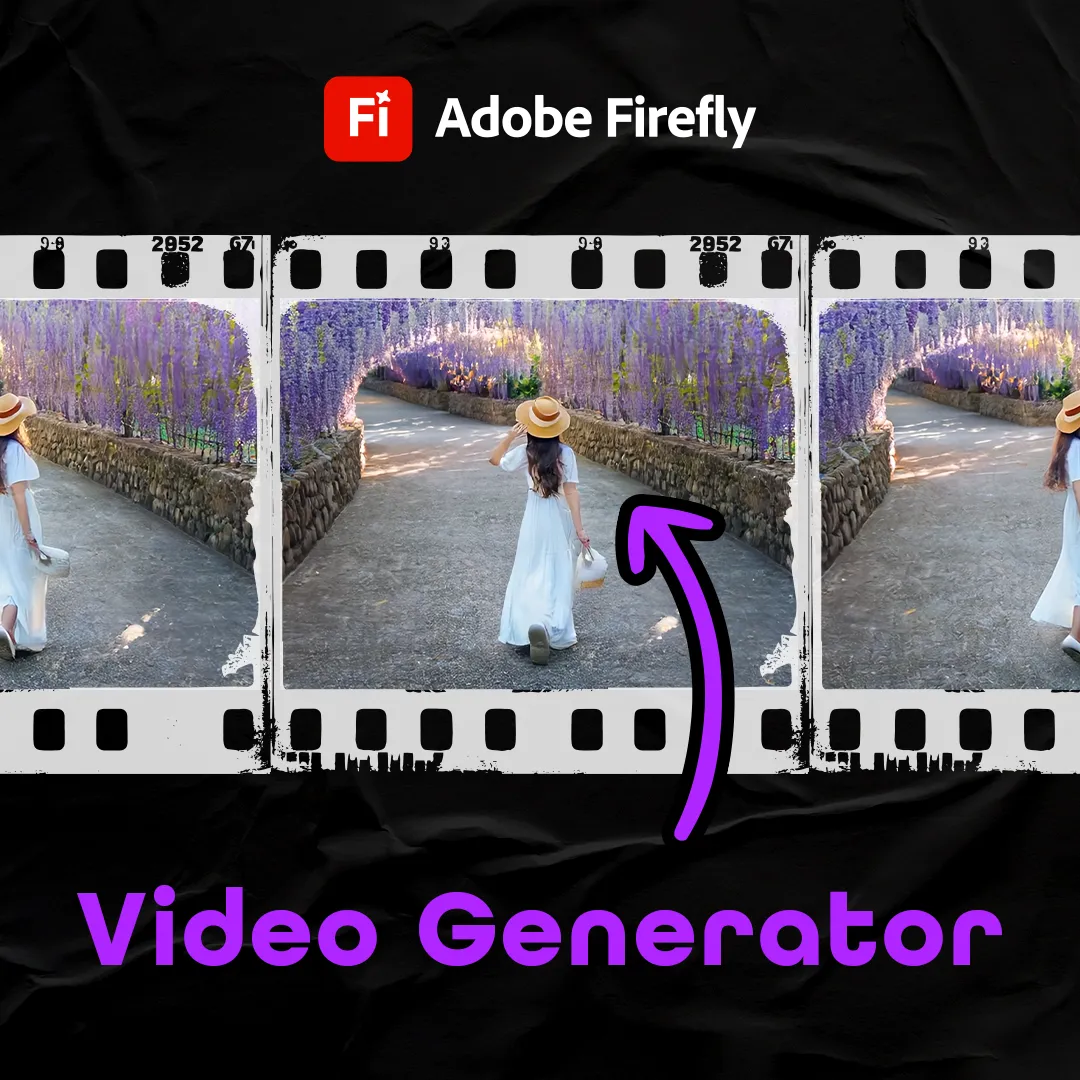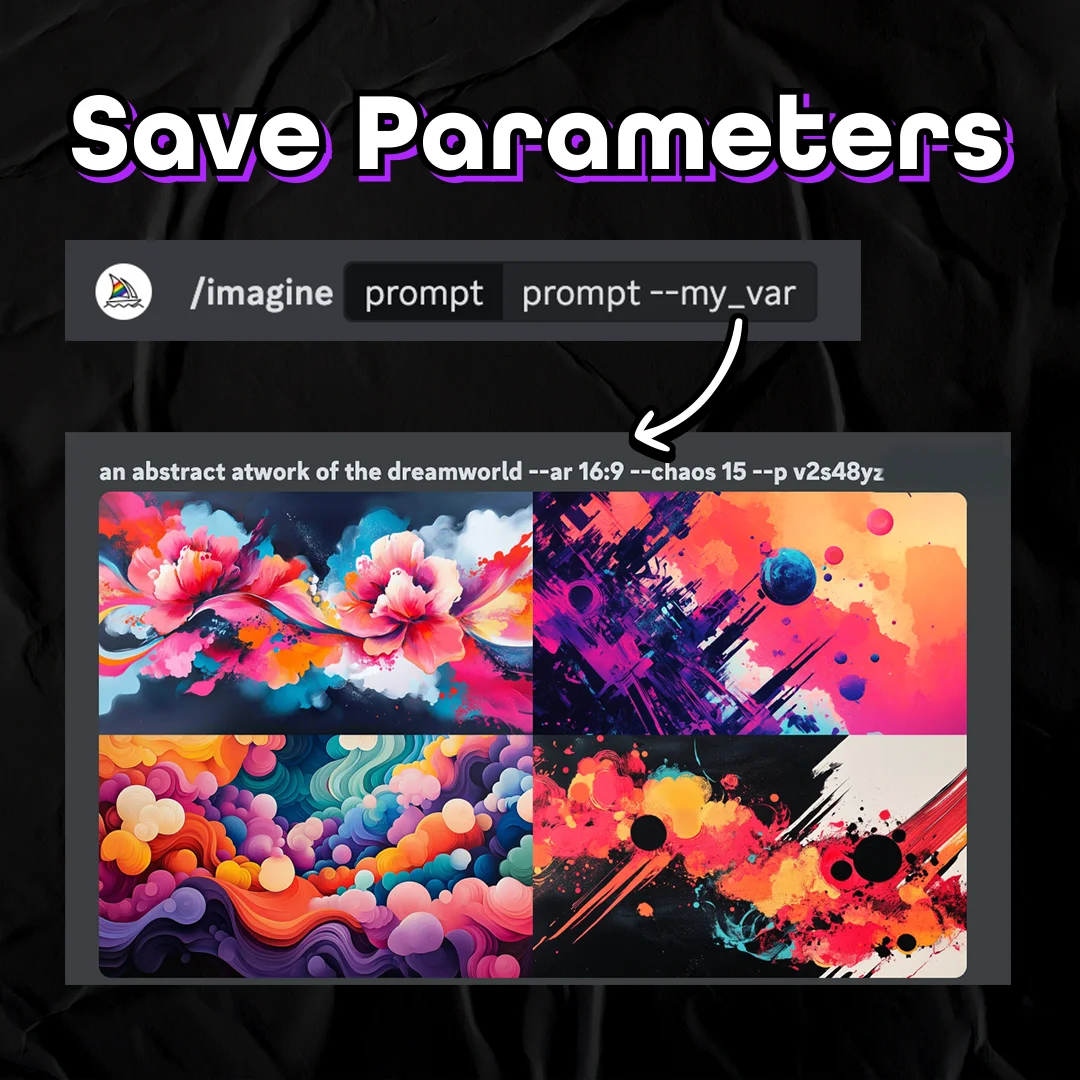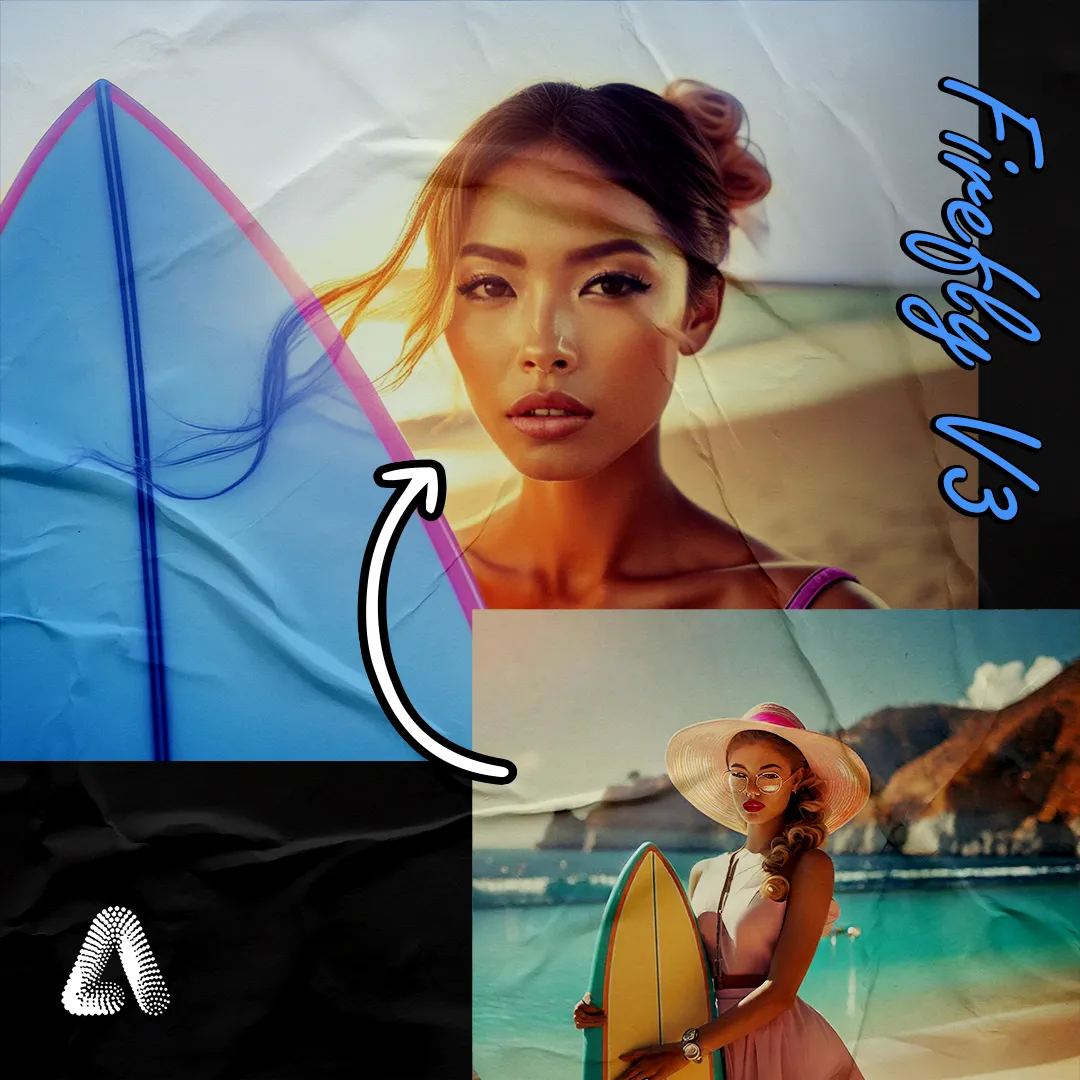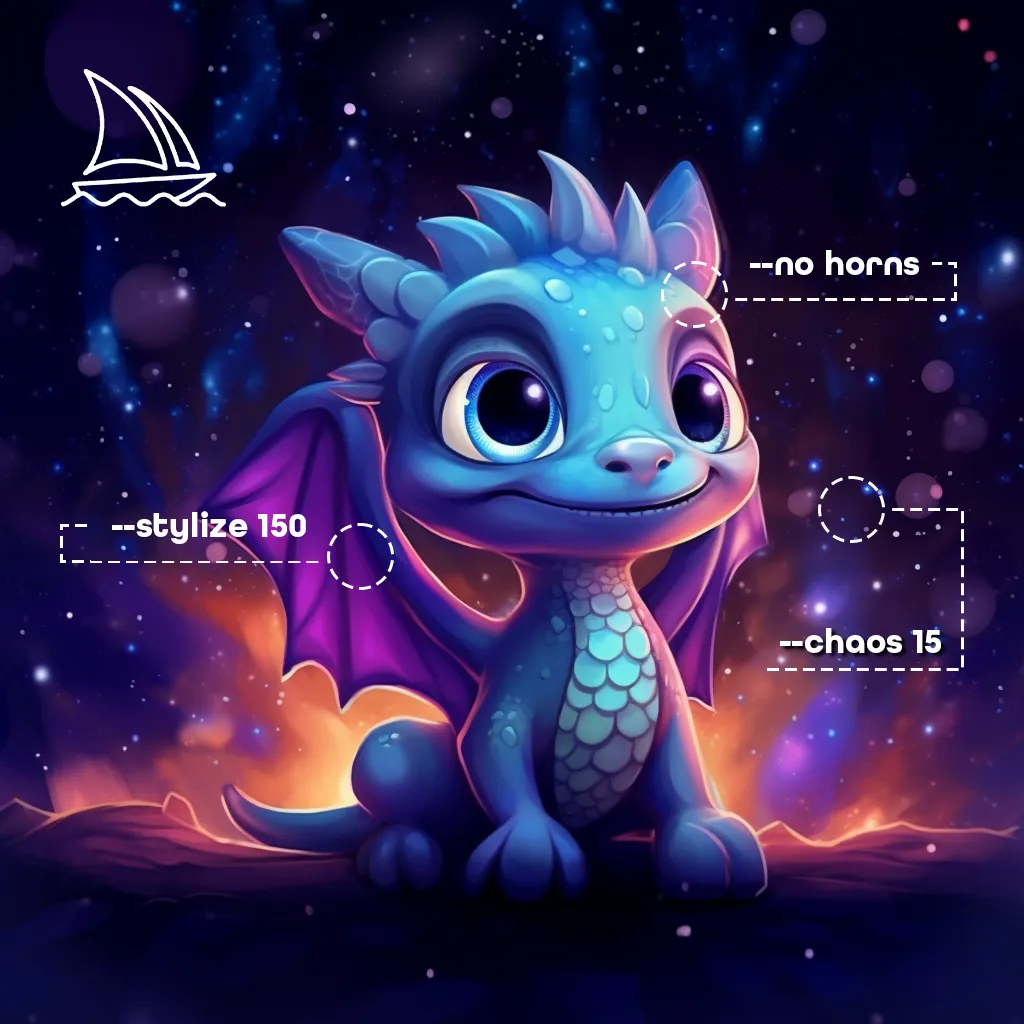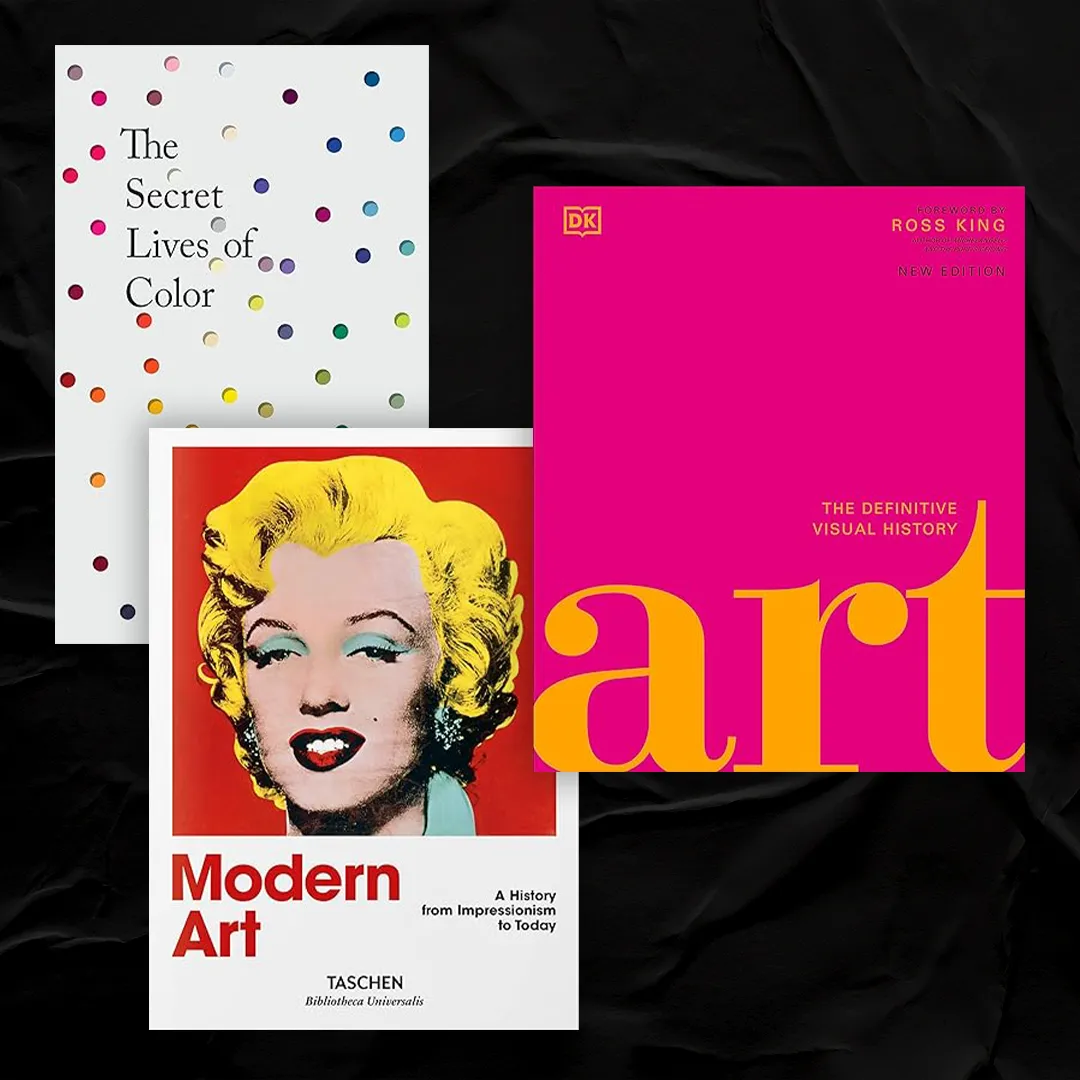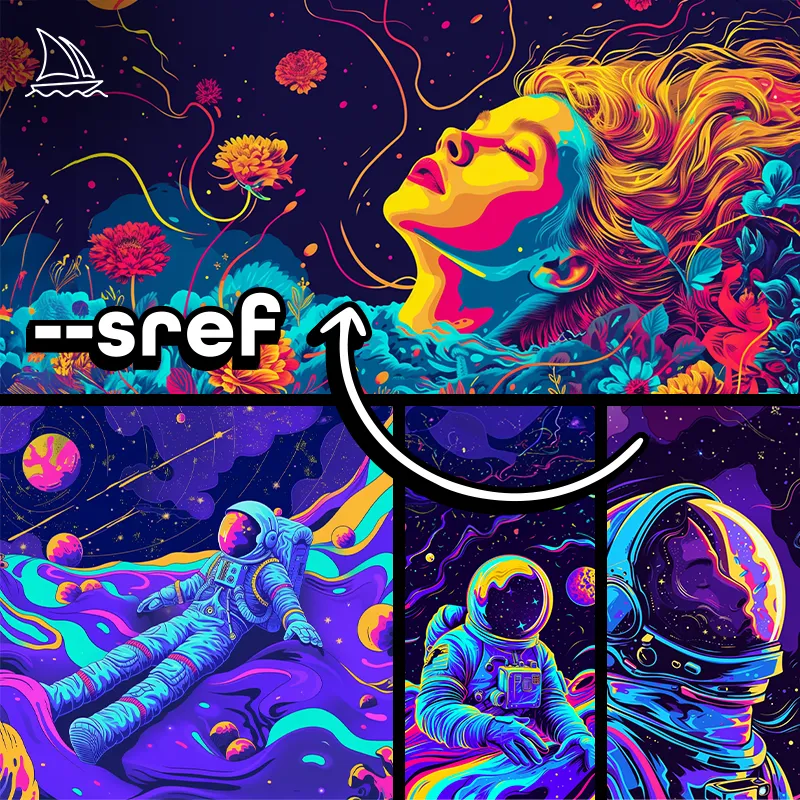Forewarning About Plagiarism
Look, I deliberated for a while on whether or not to create a post of artists that work well in Midjourney. These artists have worked their whole lives to fine-tune their style; the last thing I’d want is for some bad actors to plagiarize their work!
But drawing inspiration from other artists has always been a huge part of art!
That is the purpose of this article: to inspire you.
Please take wisdom from the book Steal Like An Artist and use these artist names as just one aspect of the work you are creating. Combine it with other inspirations to create something new and interesting.
Why do Photographer Keywords Work in Midjourney?
Artist names are some of the most effective keywords you can use. They convey so much information in so few words. The name tells the AI that the photo should look professional; it should look like it was taken by a particular camera, using a specific type of film, and capture a specific subject.
A photo-generated as if it was taken by Ansel Adams will likely feature some type of beautiful landscape; it will be black and white as if it was taken with an old camera, and it will feature people from the 1920s-1930s America.
An image generated as if it was taken by Steve McCurry, on the other hand, will be bright and colourful as if it was taken with a modern DSLR camera. It will be more photojournalistic in nature and will likely feature strong Middle Eastern cultures and people.
That’s a lot of information to get from just two words. There aren’t many other keywords that are able to tell Midjourney so much with so little.
Train Your Team to be Midjourney Masters!
Launch your team ahead of the curve with personalized Midjourney training.
Includes:
3-hours of live workshops
Prompts specific to your brand
Customized process documentation

Quick Links
Use the buttons below to jump through the prompt examples quickly.
Ansel Adams
Steve McCurry
Sebastião Salgado
Dorothea Lange
Harold Edgerton
Bio
Ansel Adams was a talented musician, a passionate environmentalist, and a stout defender of photography as a fine art.
Although he originally intended to be a concert pianist, Adam’s pull towards nature revealed a new talent for photography. Growing up on the West Coast in a stuffy Victorian family, nature was always a place for escape for Ansel. However, it wasn’t until he discovered Yosemite National Park and joined the Sierra Club in 1919 as a teenager that he started to nurture his photography talent. One of Adams’s duties in the club was to take photos for the club’s retreats, and he found he had quite the talent for it.
The Sierra Club was vital to starting his career. His first published photos were in the club’s bulletin in 1922, and his first solo exhibition was held in the club’s San Francisco headquarters in 1928.
The ’30s were a great decade for Ansel Adams. He published his first book called “Taos Pueblo” in 1930, he got his first solo museum exhibition at San Francisco’s DeYoung Museum, he showed off his work in his first New York exhibition in 1933 with the help of Stieglitz, his first series of technical articles were published in Camera Craft in 1934, his first widely distributed book, “Making a Photograph”, appeared in 1935, and put on an amazing one-man-show in 1936 at American place.
Beyond being a talented artist, Ansel Adams was a technical wizard with a camera. He literally wrote the book on photography, or should I say books! He produced ten volumes of technical manuals on photography, which are some of the most influential books ever written on the subject.
Adam’s black-and-white photos of America’s national parks were so breathtaking that they helped legitimize photography as a medium of art, and helped popularize the conservationists movement to protect American national parks. Through Adam’s work, New York’s Museum of Modern Art started showcasing photography as fine art, and his photos became iconic symbols of American wilderness.
Get Inspired from Ansel Adams’ Books
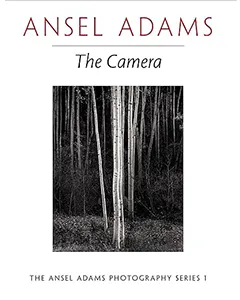
The Camera
by Ansel Adams
Buy Now
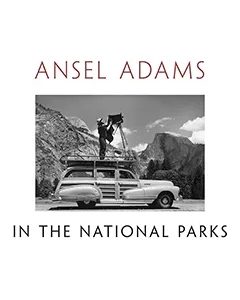
In The National Parks
by Ansel Adams
Buy Now
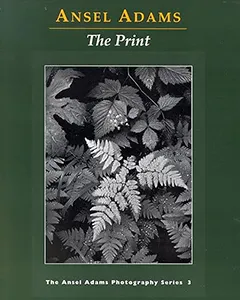
The Print
by Ansel Adams
Buy Now
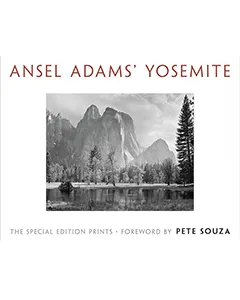
Yosemite
by Ansel Adams
Buy Now
Ansel Adams’ Effects On Midjourney
Black and White Photos
1920s Clothing and Setting
American landscape

Prompt: A photo portrait of a beautiful woman wearing a hat by Ansel Adams

Prompt: A photo of a beautiful couple in the city by Ansel Adams

Prompt: a landscape photo of the mountains by Ansel Adams

Prompt: A photo of two young boys playing by Ansel Adams
Bio
Steve McCurry is a modern-day multi-award-winning photojournalist best known for his harrowing adventures into the world’s most war-torn areas of the world and his compassionate, candid photography for National Geographic. His photo, “The Afghan Girl” was named the most recognizable photo in the world in 2002.
McCurry was born in Philadelphia, and studied cinematography at Penn State University in 1974 before going and working for a local newspaper. After two years, Steve took his first trip to India, and his career would never be the same. After spending months travelling around and photographing India, McCurry met a group of Afghani refugees who helped smuggle him into Afghanistan. This meant that Steve McCurry entered the country with his camera right as the Russian invasion was closing the country to journalists. McCurry had to sew his film into the seams of his clothes to keep it from being confiscated. He received his first award, the “Robert Capa Medal” for best photographic reporting abroad when his photos shed light on the brutality of the Russian invasion. It was during this trip to Afghanistan that he took his famous picture of “The Afghan Girl.”
After this, McCurry went on to live a life of adventure, flying across the world and capturing the lives of people spanning all 7 continents. Even though Steve has worked in the middle of literal war zones, he says his most terrifying moment was when he was taking aerial photos in a lightweight plane in Yugoslavia that crashed into a lake when the pilots lost control.
Steven McCurry’s work is iconic! He had such a talent for capturing people and their experiences that is just so… human! He says he enjoys chatting with his subjects to make them so comfortable that they forget there’s even a camera there. He’s photographed conflicts, vanishing cultures, ancient traditions, and contemporary life with such a compassionate lens that you feel like you are really seeing who these people are rather than some posed representation of them.
Get Inspired from Steve McCurry‘s Books
The Iconic Photographs
by Steve McCurry
Buy Now
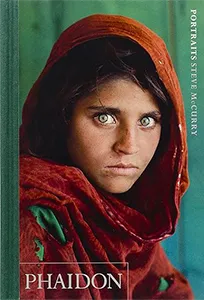
Portraits
by Steve McCurry
Buy Now
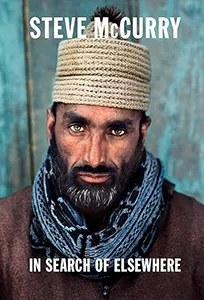
In Search of Elsewhere
by Steve McCurry
Buy Now
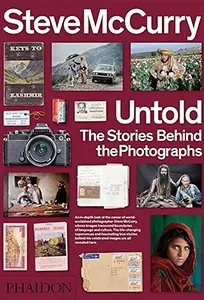
Untold
by Steve McCurry
Buy Now
Steve McCurry‘s Effects On Midjourney
Bright colourful and modern photos
Often feature middle eastern cultures, people, and landscapes
Often have a photojournalism nature

Prompt: A photo portrait of a beautiful woman wearing a hat by Steve McCurry

Prompt: A photo of a beautiful couple in the city by Steve McCurry

Prompt: a landscape photo of the mountains by Steve McCurry

Prompt: A photo of two young boys playing by Steve McCurry
Midjourney & Firefly Tested Keywords
Monthly Inspo Right in Your Inbox
Sign-up and get style-specific keywords directly to your inbox every month.
Bio
Sebastião Salgado is a multi-award-winning photojournalist best known for his compassionate black-and-white, documentary-styled photos that display people in desperate economic circumstances. Unlike many other photographers who lean on pity to depict these cultures, Salgado’s photographs show their subjects with dignity and nobility.
Born in 1944 in Aimorés, Brazil, Salgado always had a passion for economics and justice. He got his Master’s in Economics in 1968, and while working as an economist for the Ministry of Finance, he joined a popular movement against Brazil’s Military government. This ultimately caused him to be exiled from his country, so Salgado and his wife fled to Paris in 1969.
After getting his economics Ph.D. in Paris in 1971, Salgado started working for an international coffee organization requiring him to make frequent trips to Africa. While on an assignment in Rwanda, Salgado was inspired to document his experiences. This trip started his passion for photography at age 27. By 1974, only four years after picking up his camera, Sebastião Salgado became a freelance photojournalist.
Salgado bounced around for a while, working for a few agencies such as the French Sygma, and Gamma firms until finally, in 1979, he joined the world-renowned Magnum. Magnum is a photographer’s cooperative founded in 1947 by photographer heavy-weights Henri Cartier-Bresson, Robert Capa, George Rodger and Chim (David Seymour).
After capturing the attempted assassination of the American President, Ronal Reagan, Salgado’s popularity exploded. He often documented modern events. His book “Sahel: Man in Distress” (1986) recorded the famine in the Sahel region of Africa, and “*Migrations: Humanity in Transition”* (2000) captured the displacement of people in more than 35 countries due to extreme unrest. That being said, Salgado’s work didn’t always focus his work on documenting news events. His books “Other Americas” (1986), “An Uncertain Grace” (1990), “Africa” (2007), “Genesis” (2013), “Gold” (2019), and “Amazônia” (2021) just document a people, a place, and its culture.
Nowadays, Sebastião and his Wife, Lélia Deluiz Wanick Salgado, focus their time on their environmental restoration not-for-profit, the Terra Institute. Salgado’s family’s farm was facing some serious environmental degradation in Minas Gerais, Brazil, so he and Lélia took it upon themselves to fix what was destroyed.
Get Inspired from Sebastião Salgado‘s Books
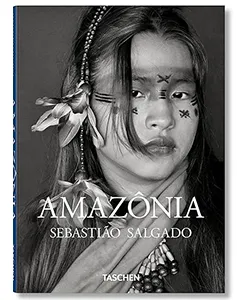
Amazonia
by Sebastião Salgado
Buy Now
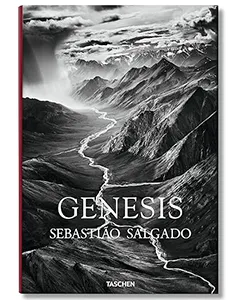
Genesis
by Sebastião Salgado
Buy Now
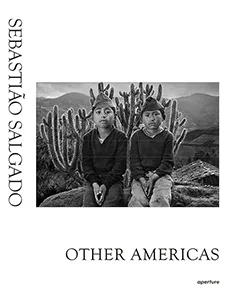
Other Americas
by Sebastião Salgado
Buy Now
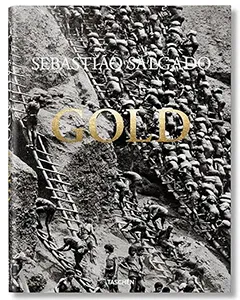
Gold
by Sebastião Salgado
Buy Now
Sebastião Salgado‘s Effects On Midjourney
Black and White Photos
Traditionally 3rd world landscapes and people
Tells a story of strong people in impoverished places

Prompt: A photo portrait of a beautiful woman wearing a hat by Sebastião Salgado

Prompt: A photo of a beautiful couple in the city by Sebastião Salgado

Prompt: a landscape photo of the mountains by Sebastião Salgado

Prompt: A photo of two young boys playing by Sebastião Salgado
Bio
Dorothea Lange was an American photographer whose photos would go on to visually define the Great Depression and influence generations of documentary photographers.
Although she was born in New Jersey, most of Lange’s career was spent on the West Coast. Dorothea started her career in San Francisco as a portrait photographer. Even though she was successful in this studio, Lange started to get drawn outside the studio during the height of the Great Depression. She started working with the Resettlement Administration to use photography to raise awareness of those who were hit the hardest by the Depression.
Very quickly, Dorothea’s photos started to have an impact. When Lange’s most famous photo, Migrant Mother, Nipomo, California, was published in the San Francisco News on March 11th, 1936, the State Relief Administration pledged to deliver food rations to 2,000 people the next day.
Dorothea never really saw her photos as art. She always viewed what she did as a pursuit of social change.
This mission got her into a bit of trouble in 1942. The United States had recently entered the Second World War, and Lange set out to document the Japanese American internment camps the government set up after the bombing of Pearl Harbour. Dorothea Lange strongly opposed the camps and took many critical images that the United States government worked hard to suppress. It wasn’t until 2006, long after Lange herself had passed that these photos resurfaced. Historians Linda Gordon and Gary Y. Okihiro published a book full of these images after they were unearthed. The book was called Impounded: Dorothea Lange and the Censored Images of Japanese American Internment.
After the war, Lange created a few photo essays for Life magazine, including Three Mormon Villages, a collaborative project between herself and Ansel Adams.
Get Inspired from Dorothea Lange‘s Books
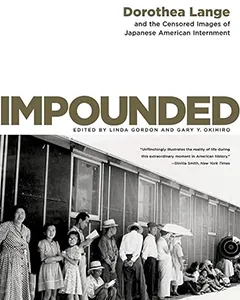
Impounded
by Dorothea Lange
Buy Now
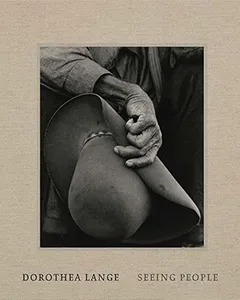
Seeing People
by Dorothea Lange
Buy Now
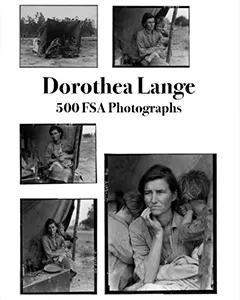
500 FSA Photographs
by Dorothea Lange
Buy Now
Dorothea Lange‘s Effects On Midjourney
Sepia-toned photographs
People and landscapes look like they are from 1930’s rural America
Photos look dusty and durty

Prompt: A photo portrait of a beautiful woman wearing a hat by Dorothea Lange

Prompt: A photo of a beautiful couple in the city by Dorothea Lange

Prompt: a landscape photo of the mountains by Dorothea Lange

Prompt: A photo of two young boys playing by Dorothea Lange
Train Your Team to be Midjourney Masters!
Launch your team ahead of the curve with personalized Midjourney training.
Includes:
3-hours of live workshops
Prompts specific to your brand
Customized process documentation

Bio
Harold Edgerton is unlike any other photographer on the list; he was known more as a scientist and an engineer than as an artist.
Edgerton was born and raised in Nebraska, but when he was accepted into MIT for his masters of electrical engineering (and later stayed on as a professor), Edgerton lived the remainder of his life in Massachusetts.
Harold is mainly known for his work in high-speed photography, sonar, and his invention of the stroboscope. In fact, the method he invented for photography flashes, the base of his stroboscope, is still used in cameras today. Because of his stroboscope, Edgerton could capture stills of people in motion that weren’t possible before.
This unique style of photography captured the world’s attention and possessed an artistic quality that was hard to ignore. His photographs were exhibited for the first time in 1933 at the Royal Photographic Society in London. Later, his photos were included in MoMA’s first photography exhibit in 1937.
Like any great scientist, Harold wrote books and published his photographs in a series of books over the years: Flash! Seeing the Unseen by Ultra High-Speed Photography (1939), Electronic Flash, Strobe (1969), Moments of Vision: The Stroboscopic Revolution in Photography (1979), and Sonar Images (1986).
Harold combined science, engineering, and artistry to create something the world has never seen before. His work revolutionized so much more than just photography.
Get Inspired from Harold Edgerton‘s Books
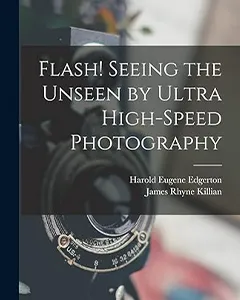
Flash!
by Harold Edgerton
Buy Now
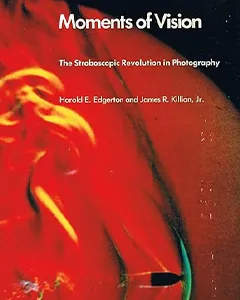
Moments of Vision
by Harold Edgerton
Buy Now
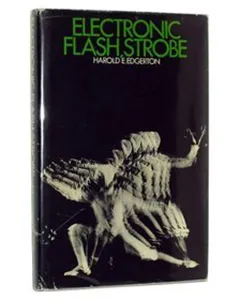
Electronic Flash Strobe
by Harold Edgerton
Buy Now
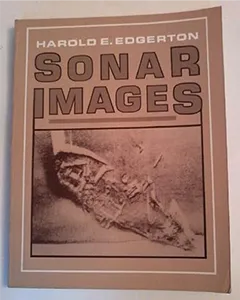
Sonar Images
by Harold Edgerton
Buy Now
Harold Edgerton‘s Effects On Midjourney
Show time-laps light lines
Dark high contrast photography
Often black & white but can add colour

Prompt: A photo portrait of a beautiful woman wearing a hat by Harold Edgerton

Prompt: A photo of a beautiful couple in the city by Harold Edgerton

Prompt: a landscape photo of the mountains by Harold Edgerton

Prompt: A photo of two young boys playing by Harold Edgerton

